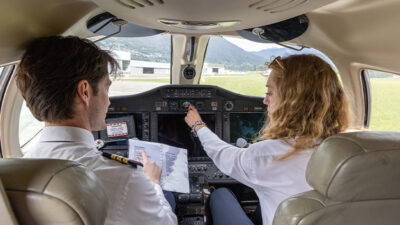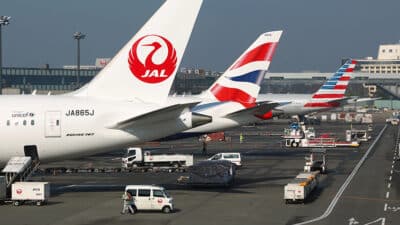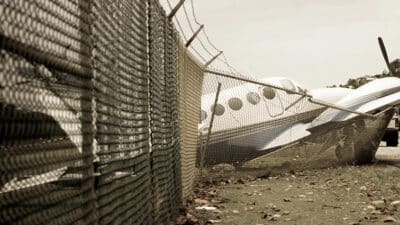Advanced Aircrew Academy - SM4 Safety Articles & Resources

Navigating Geopolitical Uncertainty Using Business Aviation
Bigger business jets mean bigger fuel tanks, longer trips, more border crossings, and bigger wallets! With an equipment upgrade also comes the requirement for a knowledge upgrade.

Cognitive Overload in Aviation Training: Understanding and Mitigating Risks
If we look through a microscope at the elements of “safety”, we see things that are often hidden. We secretly know that the rules don’t matter as much as the attitude of the company and the person using them. The reality is that the rules are simply a benchmark to form a circle of safety parameters around an organization to establish the minimum level of safety.

The Petri Dish of Safety Culture
If we look through a microscope at the elements of “safety,” we see things that are often hidden. We secretly know that the rules don’t matter as much as the attitude of the company and the person using them.

Safety in Numbers: Trends in Aviation Accidents and Incidents
Every accident is preventable; the problem is that we don’t know how to prevent it until after the accident happens. However, what we can do as an industry is honor the anguish of each event by sharing the information, the mistakes and the outcomes to improve safety for everyone.

Passenger Pressure
The vast quantity of knowledge that must be stuffed into a pilot’s head is just one reason only 0.2% of the U.S. population has at least a Private Pilot Certificate. As the ratings grow, the percentages decrease even further. There are a variety of reasons the pilot population is small and dwindling. Having the self-discipline to get all that knowledge into one brain through study, training and experience is daunting and costly. However, once you get paid to fly, it’s all worth it.

Airport Risk Profile – The Vehicle Service Road
As air transport continues its recovery, airport operations—particularly passenger traffic—are steadily increasing to all-time highs. As this is occurring, airport ground operations are dealing with fixed gates and infrastructure challenges to service the increased volume. Workforce challenges, employee retention, system outages and weather impacts have challenged many airports and their handling agents to keep up. Airports and service providers must work together to manage the emerging risks.

How Pilot Personality Affects Safety Culture
Pilots function at their highest level after taking a break and being away from the obligations of the flight deck. With this in mind, it’s easier to create an environment and company where pilots have higher job satisfaction that results in a better safety culture. Simply ensure they’re getting enough detachment time.

Strategies for Reducing a Concerning Trend in Runway Excursions
Over a four-year period ending in 2010, there were 20 runway excursions at Jackson Hole, WY (KJAC). As a result of this uptick in excursions, the Federal Aviation Administration (FAA) published Safety Alert for Operators (SAFO) 11011. A combination of the heightened awareness created by the SAFO and the Jackson Hole airport and operators adopting many of the recommendations successfully has mitigated excursions over the last 12 years.

Safety Reporting: An Obligation and Opportunity to Contribute to the Greater Good
Safety in aviation is always a top priority. There are many ways to approach this important task, with the first line of defense being a keen and constant personal awareness of one’s habits, health, skill and environment. But even under the best conditions, sometimes there are still various factors that lead to safety incidents or accidents.
